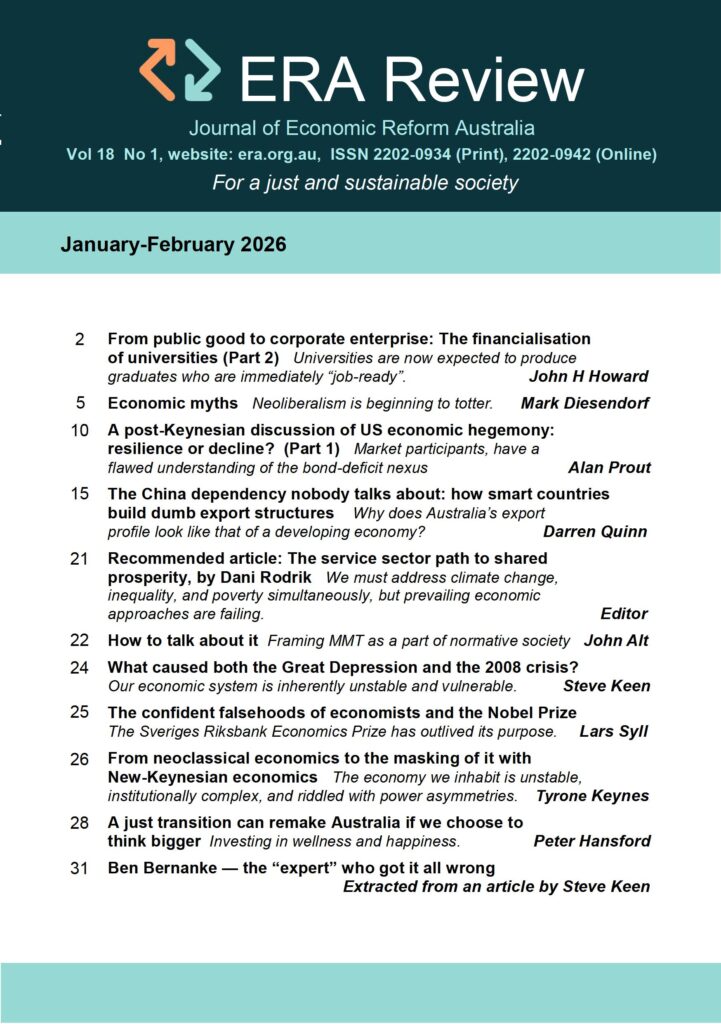EU austerity and the crowding out hypothesis
Protesilaos Stavrou

The EU’s response to the financial crisis is established upon the crowding out hypothesis. This hypothesis suggests that public spending/investment crowds out private spending/investment. In other words the more the government spends, the less the private sector will spend. Hence whenever the government spends it actually drains out the market from private spending. This theory was developed by one of the world’s greatest economists, Milton Friedman, the leading figure of the School of Chicago (monetarism). In theory this hypothesis is correct only under one condition, which Friedman himself accepted: if the economy is at full employment. That is if the economy is utilizing all its resources efficiently. Under all other conditions, under conditions of unemployment, under-investment, recession etc. this idea that public spending reduces private spending is nothing more than a fallacy. In today’s EU triple crisis, this idea has no practical application.
It is upon this fallacy that the austerity measures are established. The idea is that public spending needs to be reduced, the economy be deflated, so that private spending and the forces of the market will bring again an equilibrium that will stabilize the market and in the long-run lead to recovery and growth. The bailouts given to Greece, Ireland and Portugal are permeated by this mode of thinking which is established upon a false theoretical framework.
Therefore what actually happens right now in Europe is that the surplus countries are called to offer their own public money to the fiscally challenged countries that receive the bailouts. That money, instead of being invested into structural works that would stimulate the economy and bring growth, are given directly to the creditors of those countries (mainly banks).
In turn those banks, who currently suffer from the banking sector crisis (the financial crisis that first hit in 2008 and still continues) store all that money, thus preventing it from being recycled (reinvested) in the real economy. They do so because they are quasi-bankrupt and whatever money they get they use to sustain their operations. In that sense they act like black holes that absorb and waste the money they receive. That way the debt crisis, instead of being solved, is being reproduced and that is why the crisis in the EU spirals.
In a period where aggregate demand falls dramatically and the economy if left alone, will shrink considerably, public spending is the only way to prevent the recession from worsening. The effects on the real economies of Greece, Ireland and Portugal show that the reduction in public spending was not covered by an increase in private spending as the “crowding out hypothesis” would suggest. In fact aggregate demand has fallen, leading to increase in unemployment and decrease in income.
In the case of the EU and the euro, public spending (not necessarily at a national level but a European level) is the only way for preventing contagion. Contagion of the crisis would be the worst possible scenario as it would trigger another round of recession, with destructive implications for the single currency and on the socioeconomic structures of the EU. Austerity of the sort that EU practices, is the worst choice during a recession. It is a self-defeating, counter-productive policy based upon a false theoretical framework.
Source: http://www.protesilaos.com/2011/07/austerity-in-eu-and-fallacy-of-crowding.html#.TtTOH2Pz0Xk






























